vonDrehle
TPF Noob!
- Joined
- Jun 27, 2005
- Messages
- 430
- Reaction score
- 7
- Location
- North Carolina
- Can others edit my Photos
- Photos OK to edit
I wasn't really sure where to put this thread so I hope this is ok. Recently I have been experimenting with some Starscape and Startrail shots. As of right now I think I am coming along fairly well with the starscapes (ie short exposures) but when I try and get some star trail shots lets just say it is always interesting. I am currently using a 5D for these shots because I wanted to make sure I could actually get something to come out and not waste the film. Posted below are a few samples of the shots I have taken. As you will notice the last shot is where I really need help, and I have no idea what happened to it.

F-Stop: f/4
Exposure Time: 83 sec
ISO: ISO-400
Focal Length 24mm

F-Stop: f/4
Exposure Time: 177 sec
ISO: ISO-400
Focal Length 24mm

F-Stop: f/4
Exposure Time: 73 sec
ISO: ISO-400
Focal Length 24mm

F-Stop: f/9
Exposure Time: 2929 sec (~49min)
ISO: ISO-400
Focal Length 24mm
Thanks in advance for any help,
Chris

F-Stop: f/4
Exposure Time: 83 sec
ISO: ISO-400
Focal Length 24mm

F-Stop: f/4
Exposure Time: 177 sec
ISO: ISO-400
Focal Length 24mm

F-Stop: f/4
Exposure Time: 73 sec
ISO: ISO-400
Focal Length 24mm

F-Stop: f/9
Exposure Time: 2929 sec (~49min)
ISO: ISO-400
Focal Length 24mm
Thanks in advance for any help,
Chris


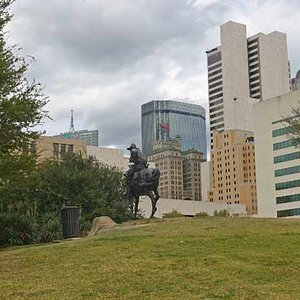
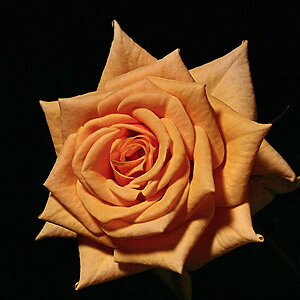


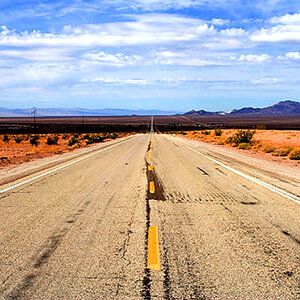
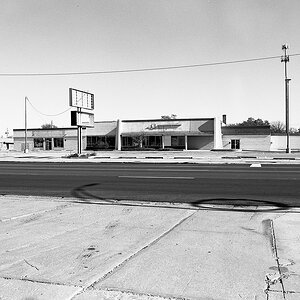
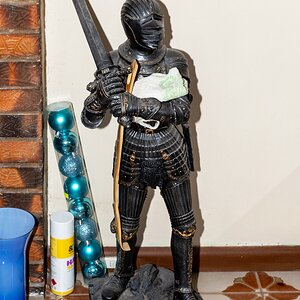
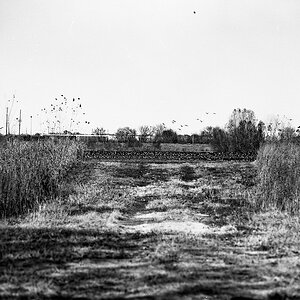
![[No title]](/data/xfmg/thumbnail/41/41492-467958db3420bceb7ab410a12dcc681f.jpg?1619739819)
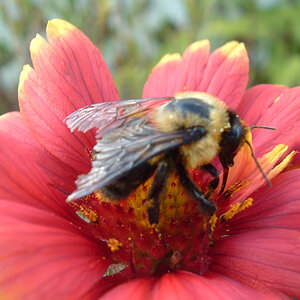

![[No title]](/data/xfmg/thumbnail/41/41490-6af71315284539e04ae1878cda0d613f.jpg?1619739818)